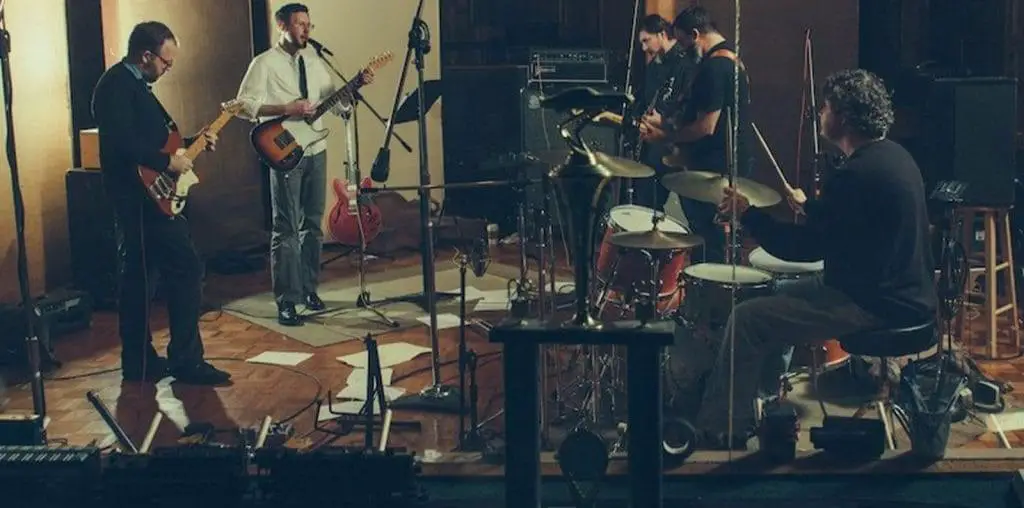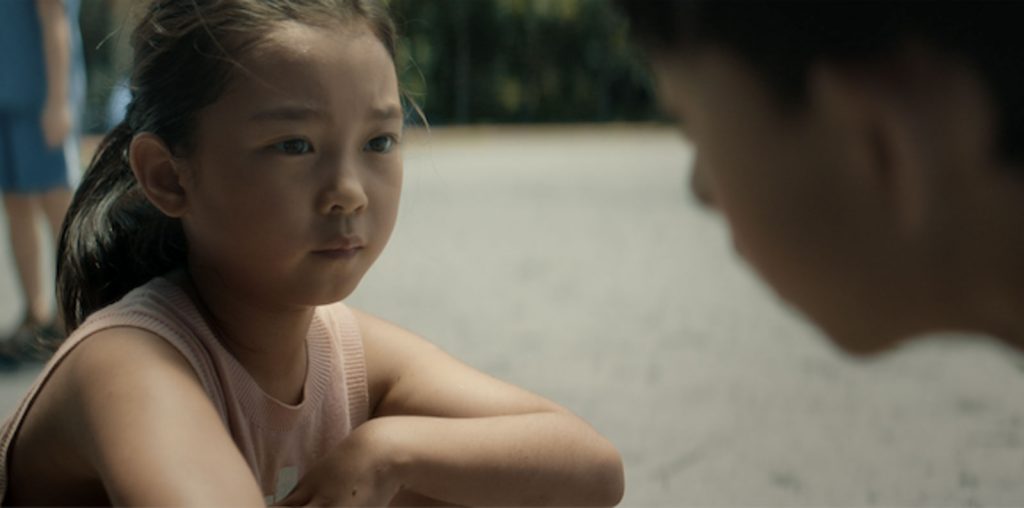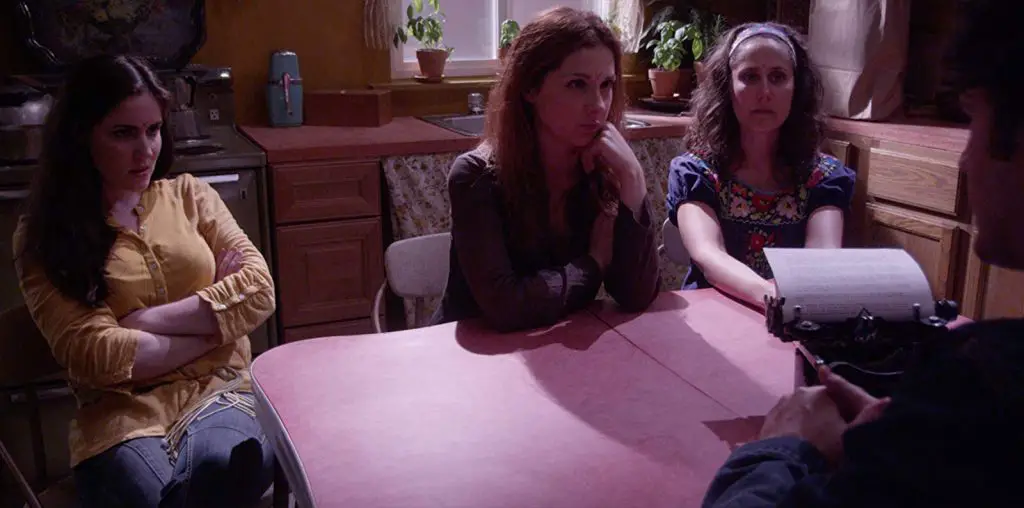
Guardian Angels can appear as any age, race, and gender, or so say those who believe in such entities. Few would imagine, however, that such an ethereal presence as a Guardian Angel could take the guise of a pug-nosed, son of an alcoholic, boxing guru like Billy “Pops” Roth. Yet, to the hundreds of past and present inmates of four Louisiana penitentiaries, this combination boxing referee, trainer, counselor, and — most importantly — friend, is as close to meeting a Guardian Angel as they’re likely to come.
Director John Darling Haynes’ melancholy and meandering documentary “The Dance” chronicles Roth’s story, as told primarily by several former and current inmates who’ve benefited greatly from the ministrations of this pugilistic patron saint.
Inmate Hasan Henderson (forty years for manslaughter), for example, provides our introduction to Pops. His is a testimony soon amplified upon and reinforced by former inmates James “Comeback Kid” Georgetown, Kevin “Champ” Wallace, and Clifford “Black Rhino” Etienne, all of whom were imprisoned in their mid-teens and all of whom are rebuilding their lives due to Roth’s positive influence.
Roth has been voluntarily visiting four Louisiana prisons for over ten years, doesn’t receive a dime for it, and is obviously beloved by the men with whom he shares his friendship as well as his tips in The Sweet Science. Yet, “The Dance” quickly becomes tiresome in spite of the inherent drama of the film’s setting and characters. This is mainly because Haynes has taken what would have made an excellent fifty-two minute television documentary and stretched and padded it out into something approaching feature length.
Haynes and director of photography Scott Mayo fill “The Dance” with a plethora of gratuitous and overly romanticized, if admittedly well photographed scenes of prison life. Numerous shots of heat waves rippling over chain gangs laboring in the fields, for example, or focus racks along rows of barbed wire fencing, etc. overload the film, as does minute after repetitious minute of slow-motion silhouetted shadow boxing. Set to the mournful tones of the blues and old Negro Spirituals, “The Dance” drifts along about as fast as the water in one of Louisiana’s legendary swamps. As a result, this otherwise worthwhile film resembles prison life itself: lots of repetition, which never really quite leads anywhere.


